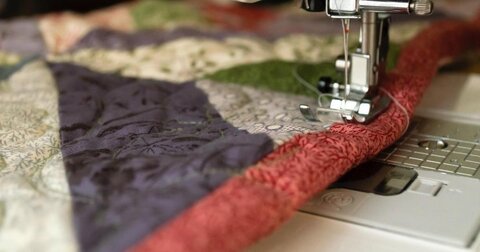Iran (IMNA) - Sedghi emphasized the importance of branding Iran's apparel industry, particularly due to the decrease in imports from neighboring Turkey. He revealed that Iranian-made clothing is now being exported to Turkey, alongside other countries such as Russia, Syria, Iraq, Uzbekistan, Turkmenistan, and the United Arab Emirates. Sedghi reiterated the need to promote Iranian clothing production through effective branding strategies.
The apparel industry in Iran has experienced significant growth over the years. Iran's rich cultural heritage and fashion-conscious population have contributed to the development of a thriving domestic market for clothing and textiles. Traditional Iranian clothing, such as the chador and the abaya, coexist with modern Western-style fashion trends.
Iran has a well-established textile manufacturing sector, producing a wide range of fabrics, including silk, wool, and cotton. The country also boasts skilled artisans who create intricate hand-woven textiles, adding a unique touch to the industry. Additionally, Iranian designers have gained recognition both domestically and internationally for their innovative and stylish creations.
Despite economic challenges and international sanctions, the apparel industry in Iran continues to grow. The government has implemented policies to support the sector, including providing incentives for local production and promoting exports. However, the industry still faces obstacles, such as limited access to modern machinery and technology.
In recent years, there has been a growing demand for sustainable and ethically produced clothing in Iran. Consumers are increasingly conscious of the environmental and social impact of their purchases, leading to a rise in eco-friendly and fair-trade fashion brands.
Overall, the apparel industry in Iran is evolving and adapting to meet the changing demands of consumers. With continued investment and support, it has the potential to further thrive and contribute to the country's economy.


Your Comment